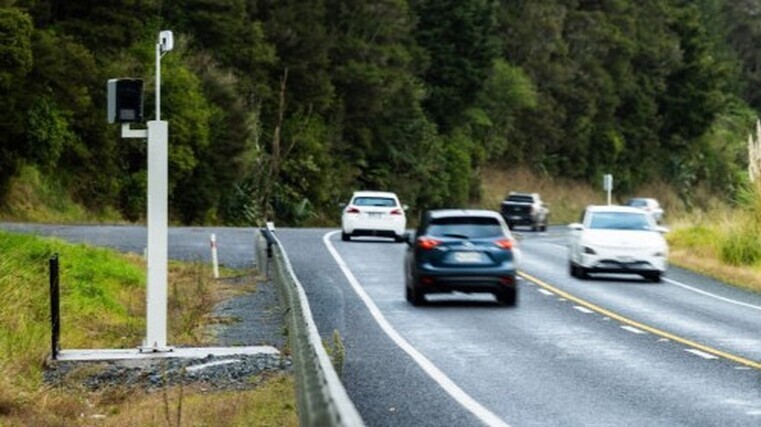Safety camera shift complete

The NZTA has completed the transfer of safety camera operations from NZ Police and is now solely responsible for a national network of about 150 devices.
It notes the number of safety cameras is set to increase to about 200 by 2027 and will include fixed, mobile and average, or point-to-point, speed cameras and red-light cameras.
Details on the current safety camera network, including the locations of fixed cameras, can be found on the NZTA website.
Tara Macmillan, head of regulatory strategic programmes, says the transfer of the cameras from NZ Police to NZTA was completed on July 1 after a 12-month transition period.
She adds the move will strengthen the road safety partnership between the two agencies, improve the effectiveness of safety cameras as an enforcement tool, and make New Zealand’s roads safer for everyone.
“Managing roadside infrastructure like cameras is what NZTA does every day. Having responsibility for safety cameras allows us to use them where and when they will be most effective in reducing crashes, preventing serious injuries and saving lives,” says Macmillan.
“We’ve now rolled out signs at all fixed speed camera sites, giving drivers a fair warning to check their speed and slow down if needed.
“These fixed cameras are installed at high-risk locations for crashes. Reminding drivers of that gives them the opportunity to slow down to protect themselves and others from, at worst injury or death, and at minimum, to avoid a ticket.”
The NZTA is also now operating mobile speed cameras in SUVs, alongside police officers being visible on our roads, to deter speeding.
Besides fixed and mobile speed cameras, the agency plans to install new average speed safety cameras along high-risk corridors and roads.
It says this technology is internationally proven to be effective at reducing deaths and serious injuries on longer sections of road. The devices work by calculating a vehicle’s average speed over a length of road between two cameras.





